According to NASA, on January 8, 2014, a meteorite named IM1 lit up the sky near Manus Island, off the coast of Papua New Guinea.
At the time, scientists thought the meteorite might have left behind debris in the South Pacific Ocean that, if recovered, could reveal more about the rocky object’s origins.
So last summer, astrophysicist and alien hunter Avi Loeb and his colleagues set out on an expedition to search for traces of the meteorite.
Avi Loeb finds metal spheres. He believes they are remnants of interstellar meteorites and contain signs of alien technology.
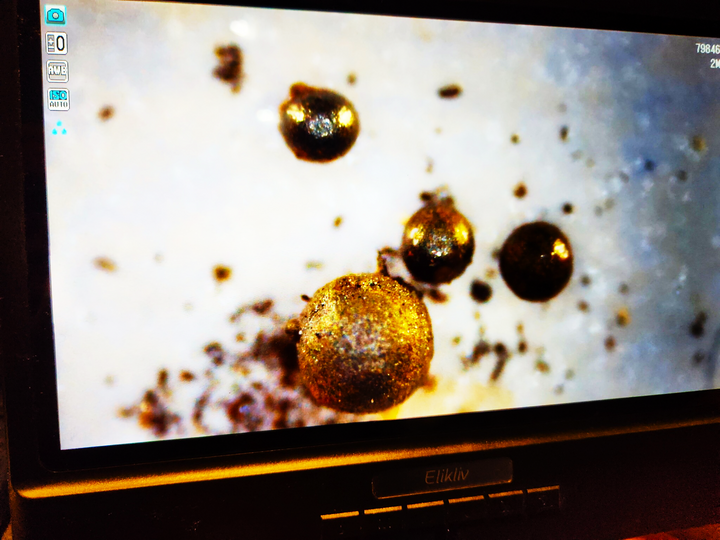
Tiny metal spheres recovered from the South Pacific Ocean may be man-made industrial pollution, not meteorite fragments. (Photo: Avi Loeb/Medium)
Loeb described various anomalous properties of the metallic spheres, focusing on five special spheres containing three elements, beryllium, lanthanum, and high-grade uranium. He also called these five spheres "BeLaU spheres".
Since then, he and others have speculated that these strange spheres could be evidence of extraterrestrial technology.
However, this statement has been criticized and opposed by the scientific community. They say it lacks convincing evidence.
Now, a new study has confirmed that these spheres are actually waste products from industrial coal burning on Earth.
The study’s lead author, Patricio A. Gallardo, a physicist at the University of Chicago, said the spheres were the product of pollution from terrestrial sources. He confirmed that there was a consistency between the three elements beryllium, lanthanum, uranium and nickel that are produced in coal ash from industrial coal burning.
“ The chemical analysis shows the consistency of coal ash waste from coal combustion in power plants and steam engines,” says Patricio A. Gallardo.
He also compared the discovery to a 1976 naval expedition in the Gulf of Mexico, where experts found large numbers of magnetic spheres from man-made sources in seawater.
HUYNH DUNG (Source: Livescience/Popularmechanics/Dailymail)
Source


![[Photo] More than 17,000 candidates participate in the 2025 SPT Competency Assessment Test of Hanoi National University of Education](https://vphoto.vietnam.vn/thumb/1200x675/vietnam/resource/IMAGE/2025/5/17/e538d9a1636c407cbb211b314e6303fd)

![[Photo] Prime Minister Pham Minh Chinh chairs meeting on science and technology development](https://vphoto.vietnam.vn/thumb/1200x675/vietnam/resource/IMAGE/2025/5/17/ae80dd74c384439789b12013c738a045)

![[Photo] Readers line up to visit the photo exhibition and receive a special publication commemorating the 135th birthday of President Ho Chi Minh at Nhan Dan Newspaper](https://vphoto.vietnam.vn/thumb/1200x675/vietnam/resource/IMAGE/2025/5/17/85b3197fc6bd43e6a9ee4db15101005b)



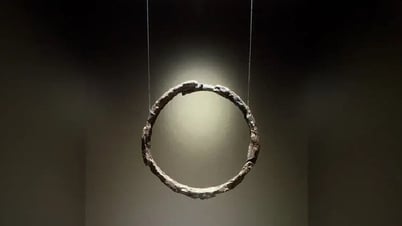

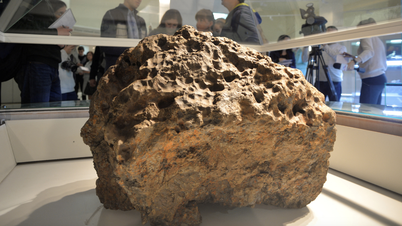












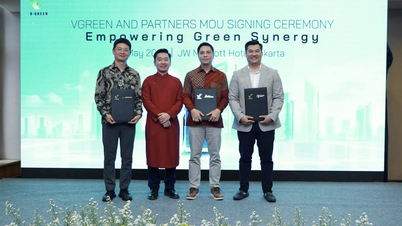










![[Photo] Nearly 3,000 students moved by stories about soldiers](https://vphoto.vietnam.vn/thumb/1200x675/vietnam/resource/IMAGE/2025/5/17/21da57c8241e42438b423eaa37215e0e)




















































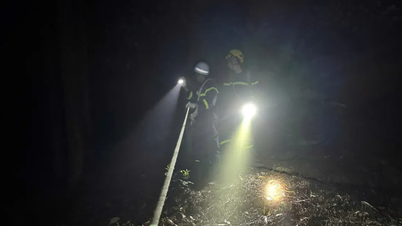
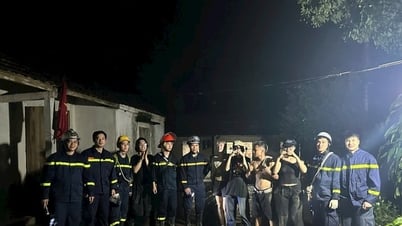













Comment (0)